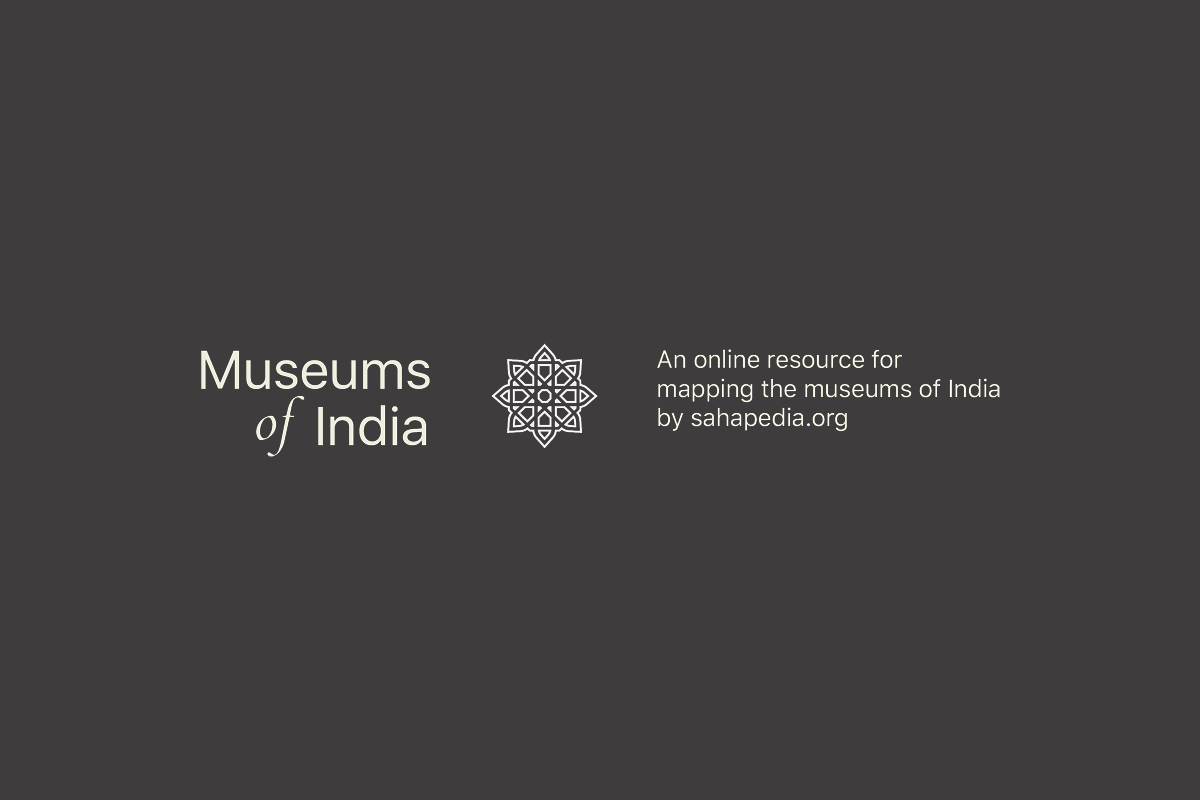The Supreme Court Museum was set up to preserve, protect, and display rare objects, artefacts, manuscripts, old documents, files, and photographs depicting the legal heritage of India and the growth of our justice delivery system. The first gallery depicts the evolution and development of the judiciary in India from ancient times to the British period, while the other gallery portrays the development of the Federal Court and Supreme Court through unique items of that period. One of the highlights of the museum is a deed of 'spiritual succession' dated to 16th Century A.D., whereby Syed Shah Ali Qutub – i - Sani appointed his son, Syed Shah Abdul Hasan - i- Husaini, as his successor to hospice and vice regency. It declares that all the assets and chattels pertaining to the aforesaid hospice and vice regency shall thereafter be vested in his successor, a mace, which is a symbol of the authority of the house.
28.6241704, 77.24015

